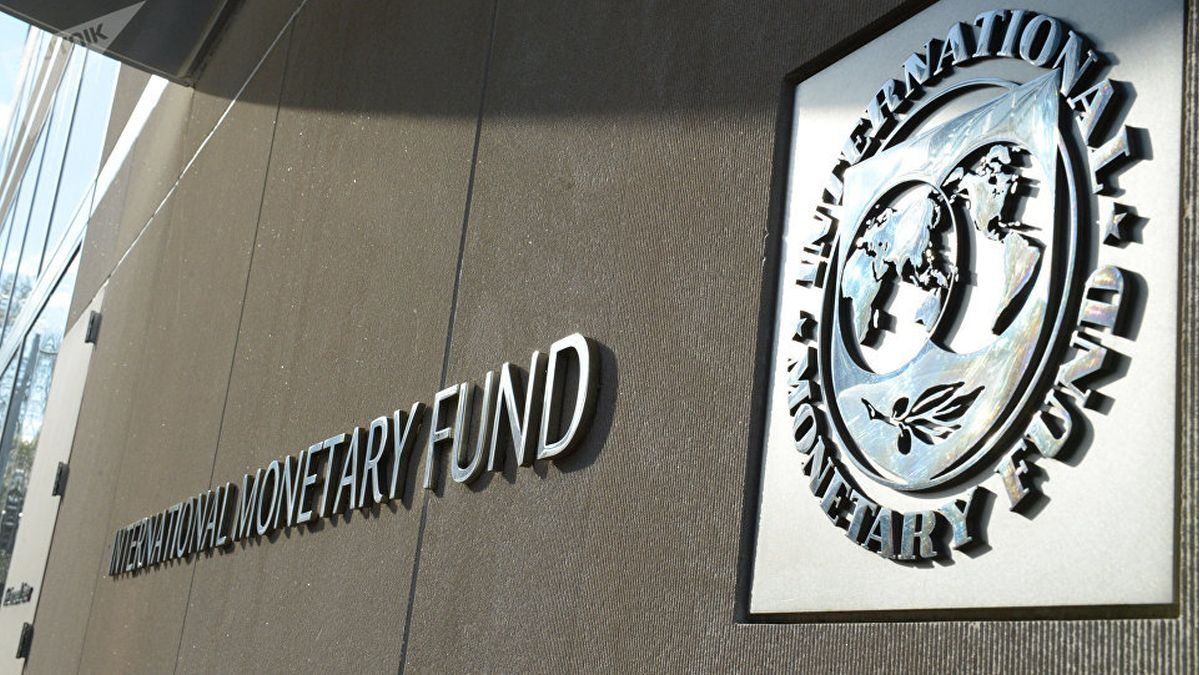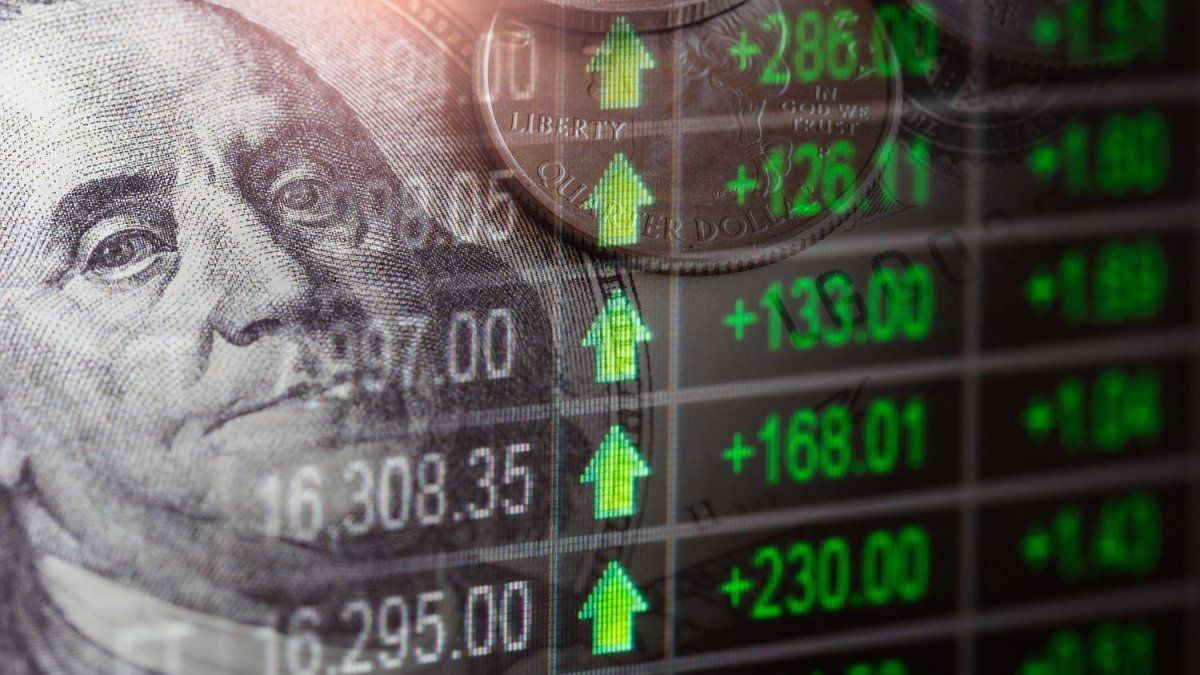In this framework, the directors are expected to approve the disbursement of US$3.9 billion corresponding to the Extended Facilities Agreement signed last March., when dealing with the report of the technical staff that considered the objectives fulfilled until June (with the exception of the reserves). Furthermore, the directors They will begin to analyze the information available from Argentina until September, that is, what corresponds to the third quartersources anticipated.
Specifically, it is about the data on the accumulation of reserves, which with the foreign currency income generated by the soybean dollar, allowed to exceed the goal set for the end of the ninth month of the year. In the Ministry of Economy they are excited that the body is already advancing with a go-ahead for that objective for the third quarter and guarantee a signal that the next disbursement arrives before the end of the year, which would contribute to meeting the December goals.
The BCRA has the strong cushion of dollars that it managed to accumulate during September with the “soybean dollar” schemewhich already allowed him to face a due date with the IMF for US$2,622 million during the past month without any problems. Taking into account the flow of very short-term funds, Argentina must make payments between September and October for a total of US$5.162 million and has US$3.900 million to collect immediately. Later It would have disbursements of US$5.7 billion until the end of the year if the goals for the July-September period are approved.
In the markets, it is considered that Argentina is going to have to resort to entering dollars through loans in order to reach the goal of something more than US$8.5 billion in reserves by the end of the year. Martín Vauthier, an economist at Anker Latin America, argued that Massa will have to appear with “an ace up his sleeve.” “The reserve goal is complicated. It is difficult for them to achieve it only with the current account, through the trade balance, ”he pointed out. The move would include guaranteeing the IMF’s remittances during this year and also the disbursements committed by other multilateral organizations.
Next Monday the annual meeting of the IMF and the World Bank (WB) will begin in Washington, where the conditions of the global economy after the pandemic will be analyzed, in the context of the war between Russia and Ukraine, with the agenda of the climate change among the priorities.
In that context, the chief economist for Latin America and the Caribbean of the World Bank, William Maloney, presented in Washington the regional economic report of the organization called “New approaches to close the fiscal gap”.
“We are hoping that the US$45 billion loan program with the IMF will continue on track,” Maloney said of Argentina, who ratified disbursements for US$2,000 million for this year. In 2022, the World Bank has approved US$1.1 billion in new projects and confirmed another US$900 million for the next six months. There are also disbursements from the Inter-American Development Bank (IDB) for US$1,200 million until the end of the year that would go to reinforce the reserves.
Source: Ambito
David William is a talented author who has made a name for himself in the world of writing. He is a professional author who writes on a wide range of topics, from general interest to opinion news. David is currently working as a writer at 24 hours worlds where he brings his unique perspective and in-depth research to his articles, making them both informative and engaging.




